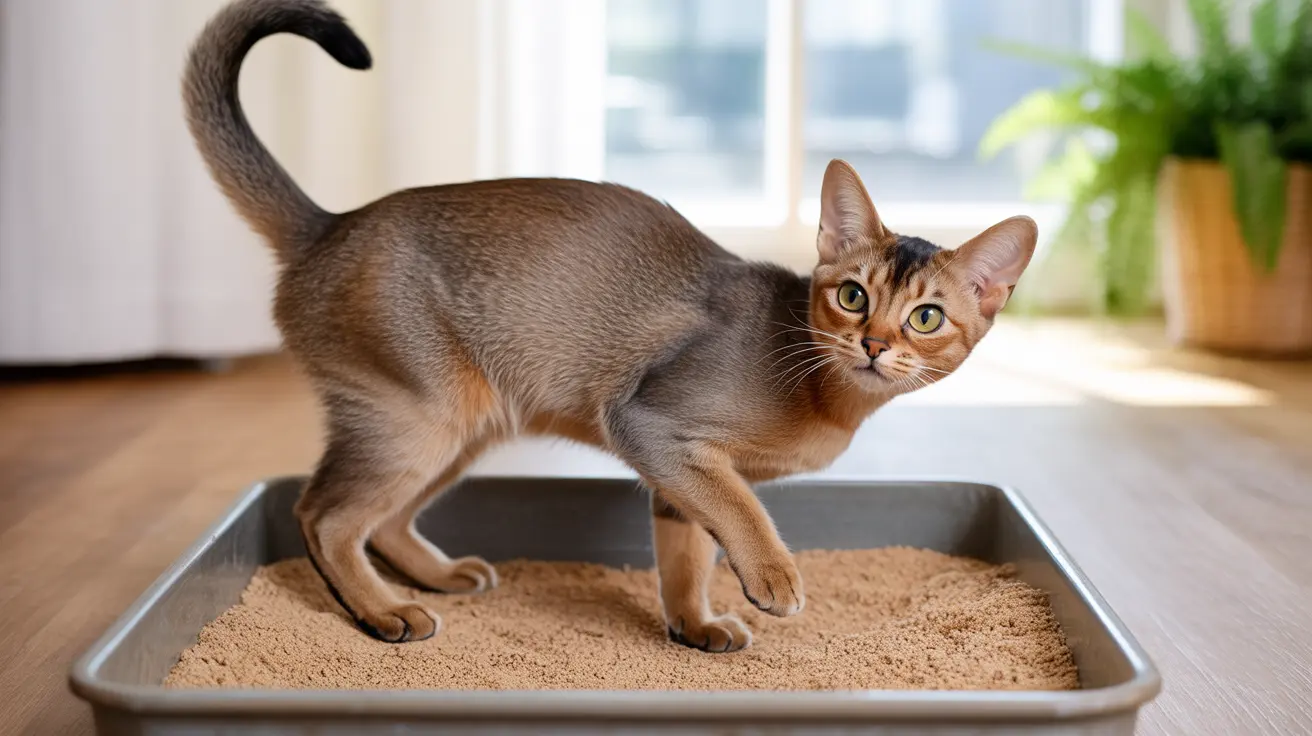Many cat owners are exploring sand as a natural and cost-effective alternative to commercial cat litter. This time-tested solution has been used long before the invention of modern cat litter products, but is it really a viable option for today's pet parents? Let's dive deep into everything you need to know about using sand for cat litter.
Whether you're looking to save money, seeking emergency alternatives, or prefer natural solutions, understanding the benefits and drawbacks of sand litter is crucial for making an informed decision about your cat's bathroom needs.
Benefits of Using Sand for Cat Litter
Sand offers several advantages that make it an appealing option for cat owners:
Natural Appeal to Cats
Cats instinctively recognize sand as a suitable substrate for elimination, thanks to their ancestral desert origins. This natural familiarity often makes the transition to sand easier compared to synthetic alternatives.
Cost-Effectiveness
Commercial play sand typically costs significantly less than premium cat litter, making it an economical choice for budget-conscious pet owners. A large bag of play sand might cost just a fraction of what you'd spend on specialized cat litter.
Chemical-Free Option
Unlike many commercial litters that contain artificial fragrances and chemicals, plain sand provides a natural, additive-free alternative that may benefit cats with sensitivities or allergies.
Important Considerations and Challenges
Odor Control Issues
One of the biggest drawbacks of using sand for cat litter is its limited ability to control odors. Sand lacks the natural odor-neutralizing properties found in many commercial litters, requiring more frequent cleaning and maintenance.
Absorbency Limitations
Sand doesn't absorb liquid waste as effectively as specialized cat litters. This can lead to moisture accumulation at the bottom of the litter box, creating potential hygiene issues if not addressed promptly.
Tracking and Mess
Fine sand particles readily stick to cats' paws and fur, often resulting in more tracking throughout your home compared to heavier litter materials. Consider placing tracking mats around the litter box to minimize this issue.
Best Practices for Using Sand as Cat Litter
Choosing the Right Sand
Always opt for clean, sanitized play sand from reputable retailers. Never use beach sand, construction sand, or sand from outdoor areas, as these may contain harmful bacteria, parasites, or toxic substances.
Maintenance Requirements
- Scoop waste at least twice daily
- Replace all sand weekly or more frequently
- Clean and disinfect the litter box between sand changes
- Add baking soda to help control odors
Safe Transition Process
When switching to sand, gradually mix it with your cat's current litter over 7-10 days, slowly increasing the proportion of sand. This helps prevent litter box aversion and ensures a smooth transition.
Frequently Asked Questions
Is sand a safe and natural alternative to commercial cat litter?
Yes, sand can be a safe alternative when using clean, sanitized play sand from reliable sources. However, it requires more frequent maintenance and may not control odors as effectively as commercial options.
How do I manage odor and cleanliness when using sand as cat litter?
Manage odors by scooping multiple times daily, adding baking soda, and completely replacing the sand weekly. Thorough box cleaning and proper ventilation are essential.
What type of sand is best to use for a cat litter box?
Clean, sanitized play sand from pet stores or hardware stores is best. Avoid beach sand, construction sand, or sand from unknown sources due to contamination risks.
Can sand litter cause health or hygiene issues for cats and humans?
Properly maintained sand is generally safe, but poor maintenance can lead to bacterial growth and odor issues. Always use clean sand and maintain strict cleaning routines to prevent health concerns.
How should I transition my cat from commercial litter to sand safely?
Gradually mix increasing amounts of sand with your cat's current litter over 7-10 days. Monitor your cat's behavior and ensure they continue using the box during the transition.
Conclusion
While sand can serve as a functional cat litter alternative, success depends largely on proper maintenance and careful attention to hygiene. For those willing to commit to more frequent cleaning and dealing with potential tracking issues, sand offers a natural, cost-effective option. However, many cat owners may find that the convenience and superior odor control of commercial litters outweigh the potential savings of using sand.






